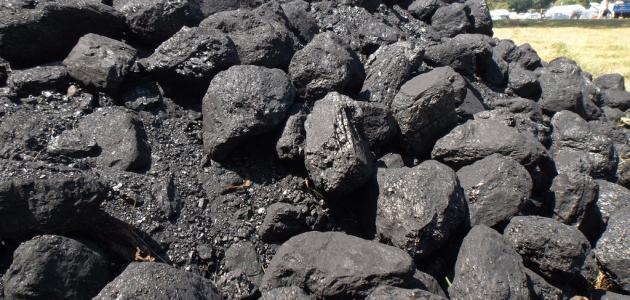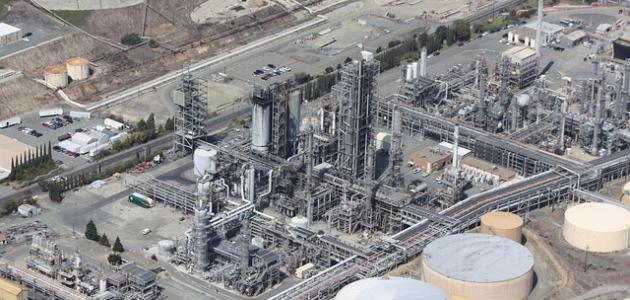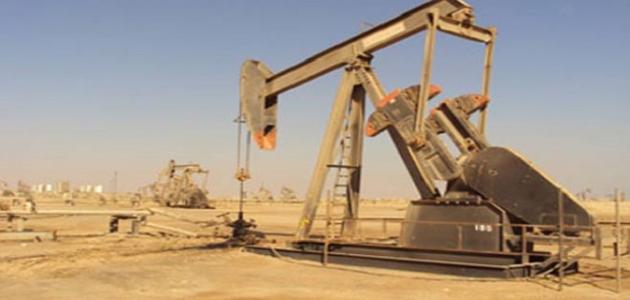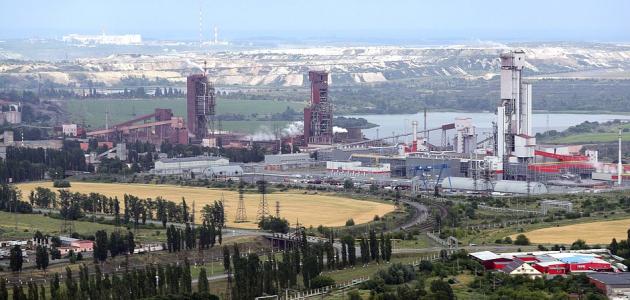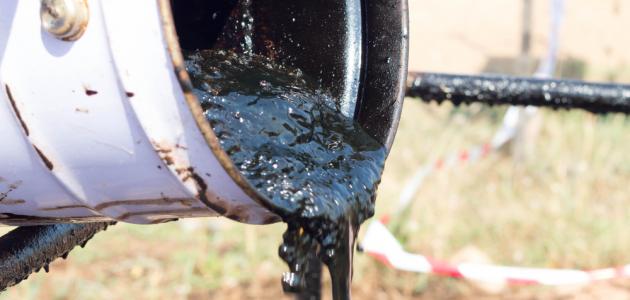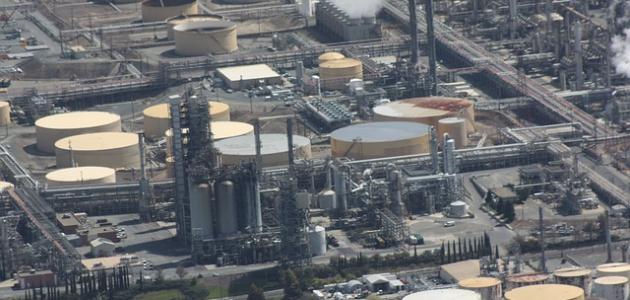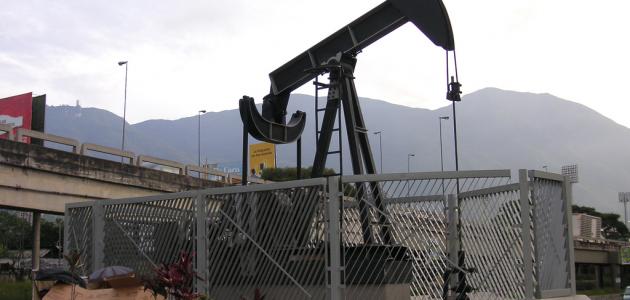Stages of coal formation
Charcoal is characterized by its black color, hardness, and its ability to quickly ignite due to the fact that it contains large amounts of carbon at a rate of up to 50% of the total weight. As for the process of coal formation, it needs sufficient time, which is called the “coal carrying” period, as was common in the days of the Cretaceous period before 290-360 One million years ago, when the process of coal formation began in the swampy areas, and as a result the plants began to produce their fruits faster than they used to and in large quantities until man resorted to cutting them and collecting them and then burying them under the ground to turn them after the passage of time into coal, as for the exact description of the stages it goes through The formation of coal lies in the following steps:
The first stage
When ferns, shrubs, vines, trees, and mosses within bog areas die and gather within a particular area of the Earth's surface, the organic matter is decomposed by bacteria, generating carbon dioxide and methane.
The second phase
When plants become buried underground and isolated for a long time from the air, anaerobic bacteria then begin to decompose and spoil their structure, and this process takes thousands of years until they become productive several meters of partially decomposed plant material known as peat.
third level
When peat is buried to a great depth, water and other compounds are expelled from it by the increased pressure and coal begins to form with low ignition quality.
Read also:Where is the largest oil well in the world located?The fourth stage
With the continuity of the burial process, it produces an increase in pressure and heat, causing a shift from a decrease in the quality of coal ignition to an increase in it, and it becomes black coal.
Importance of coal in the industrial revolution
The industrial revolution contributed to fundamental changes in the whole world, as it started from Britain and coal was the secret of success in that, as Britain was hoarding large stocks of coal, which was considered a special fuel with a lower material cost compared to traditional fuel (wood). Coal left an expansion in the field of mining, ignoring the exacerbation of a parallel problem at the same pace, which is the problem of floods, until Mr. Thomas Newcomen invented a steam pump that draws mining water.
Coal mine accidents
The following are the most prominent coal-producing countries and the accidents that result from the exploration of coal mines:
- United States of America: According to the National Institute for Occupational Safety and Health (NIOSH), there have been 622 coal mining accidents resulting in five more deaths from 1839 to 2007.
- Canada: Perhaps the most famous incident in Canada is collectively referred to as the Springhill mining disaster, which was caused by an explosion in 1956 that killed 39 miners.
- China: China currently has more deaths from coal mining than any other country, accounting for about 80% of all deaths in the world even though it only produces 35% of the world's coal.
